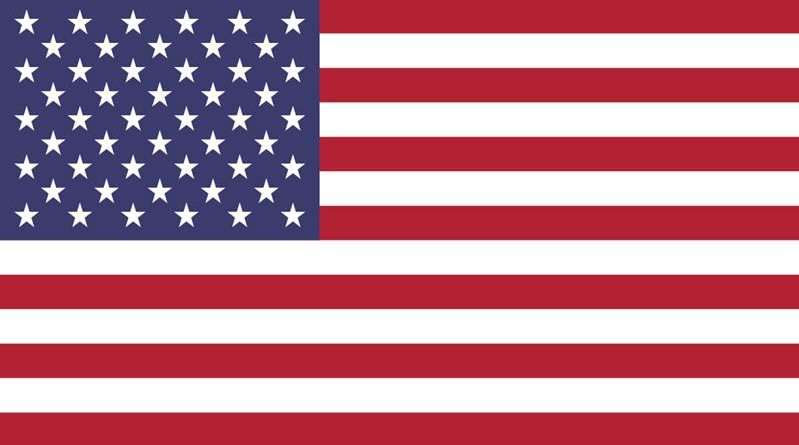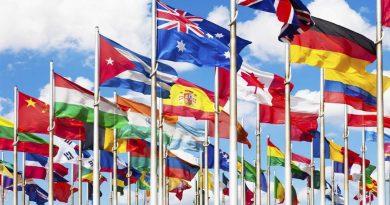America’s Federal Reserve Bank cuts rates by half a percentage point in response to coronavirus – CNBC
The Federal Reserve announced an emergency rate cut Tuesday of half a percentage point in response to the growing economic threat from the novel coronavirus.
The move was the first such cut since December 2008, during the financial crisis. It comes amid a volatile patch on Wall Street and amid a steady stream of hectoring from President Donald Trump, who has called for lower rates to stay competitive with policy at other global central banks.
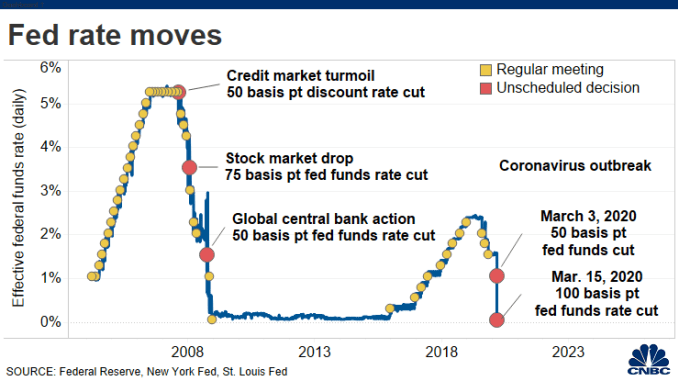
“The coronavirus poses evolving risks to economic activity,” the Fed said in a statement. “In light of these risks and in support of achieving its maximum employment and price stability goals, the Federal Open Market Committee decided today to lower the target range for the federal funds rate.”
At a news conference later, Chairman Jerome Powell said the Fed took action after officials saw the coronavirus was having a material impact on the economic outlook.
“The magnitude and persistence of the overall effect on the U.S. economy remain highly uncertain and the situation remains a fluid one,” he told reporters. “Against this background, the committee judged that the risks to the U.S. outlook have changed materially. In response, we have eased the stance of monetary policy to provide some more support to the economy.”
Trump said in a tweet that the cut isn’t enough, though Treasury Secretary Steven Mnuchin said “I applaud the Fed on this move.”
Markets were volatile after the cut announcement and Powell’s news conference, spending some time in positive territory before turning sharply lower.
The move came the same morning that G7 officials offered unspecified measures to help impacted countries and a day after the International Monetary Fund made a similar commitment.
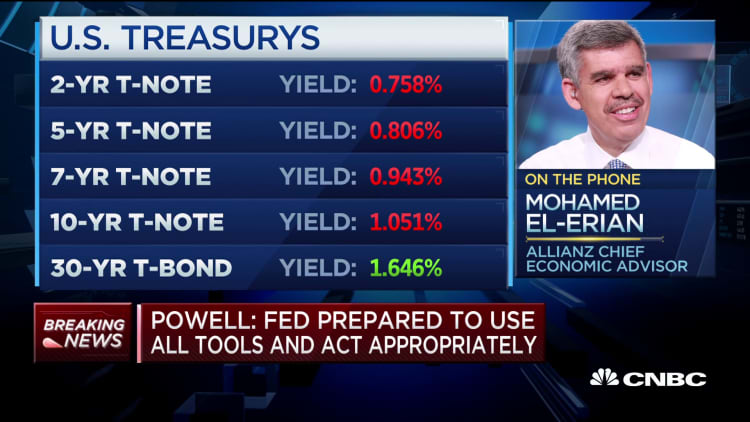
“What it does more than anything else is it improves sentiment and buys time for fiscal authorities to figure out the response to the economic consequences of the virus,” said Solita Marcelli, deputy chief investment officer for the Americas at UBS Global Wealth Management. “They need the support of fiscal measures. I don’t think alone on its own the [rate cut] is going to be able to uplift the negative economic impact.”
More cuts could be on the way
Wall Street had been looking for rate cuts and is pricing in a small chance that the Fed goes all the way to zero by the end of the year.
“The committee obviously decided not to wait for things to deteriorate — I think they know as we all should that the headlines over the next few days are likely to be alarming as they pertain to the spread of the virus,” said Eric Winograd, senior economist at AllianceBernstein. “The Fed obviously cannot address the virus itself by cutting rates, but they can hope to short circuit the potential for a negative response in financial markets that could make the economic impact of the virus even worse.”
Winograd said he thinks the Fed could announce an additional cut at its March 17-18 meeting.
With the change, the Fed’s benchmark funds rate will now be targeted in a range between 1%-1.25%. The Fed had reduced the rate three times in 2019 for a total of 75 basis points.
Markets had been widely expecting the U.S. central bank to take some type of action, with anticipation of a 50 basis point cut by the FOMC’s March meeting. Goldman Sachs economists over the weekend said the reduction cut that could come before the meeting.
In addition to the cut on its benchmark overnight borrowing rate, the Fed also announced a half percentage point cut on the interest it pays on excess bank reserves. The IOER is used as a guardrail for the fed funds rate.
In the days prior to the reduction, Fed officials had continued to emphasize the economy’s durability in light of the disease scare. Powell said in a statement released during the trading day Friday that the U.S. economy remained “strong” though he recognized the COVID-19 spread as posing “evolving risks” and noted the Fed would “act as appropriate.”
However, that has come amid doubts over how much a Fed cut could address supply-side damage from a disease spread.
The cut “looks rushed to us and not properly considered,” said Chris Rupkey, chief financial economist at MUFG Union Bank. “Moving between meetings with a bigger than normal interest rate cut looks like Fed officials are panicking as much as stock market investors did last week. They did not need to be so aggressive and the Fed under Powell keeps responding wrongly in our view more to the financial markets than they are to the broader economy.”
In the early morning hours of Tuesday, Trump lashed out at the Fed to deliver some major monetary easing measures, after the Australian central bank cut rates to record lows. He said Powell had “called it wrong from day one.”
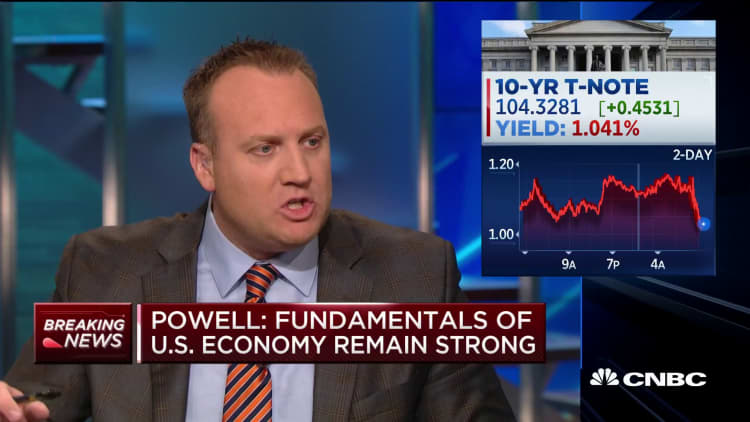
“Australia’s Central Bank cut interest rates and stated it will most likely further ease in order to make up for China’s coronavirus situation and slowdown…Other countries are doing the same thing, if not more so. Our Federal Reserve has us paying higher rates than many others, when we should be paying less,” Trump said.
“Tough on our exporters and puts the USA at a competitive disadvantage. Must be the other way around. Should ease and cut rate big,” he added.

